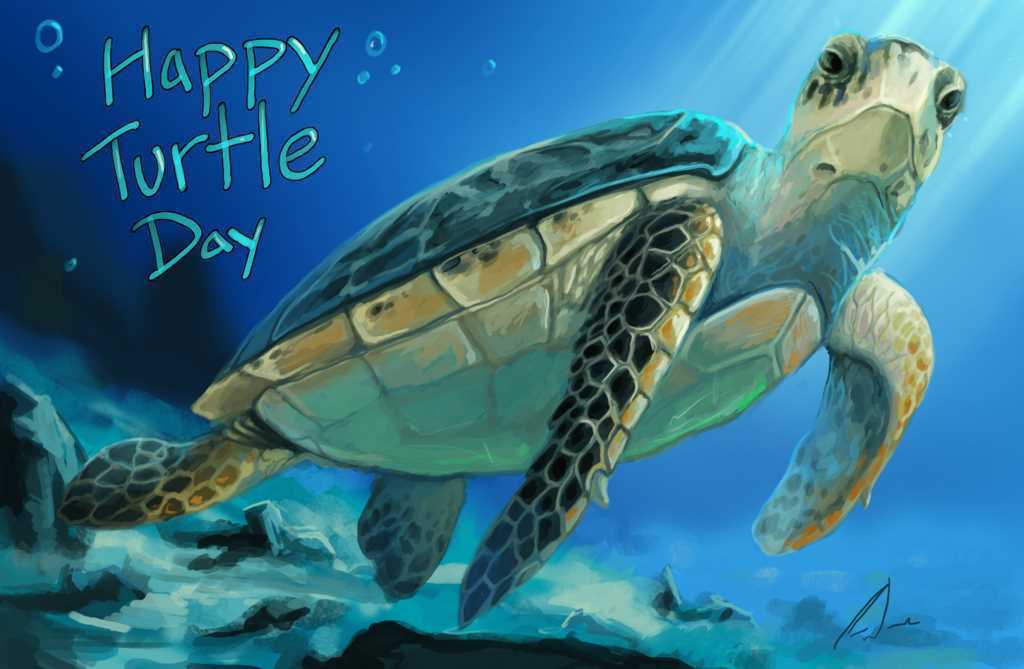
Seaturtle all day free#
There are no cars or shops nearby, but during your free time you can explore the pristine beaches in the area. Your hosts will provide you with three meals a day, as well as tea and coffee. These are simple accommodations, with bunk beds and lockers (make sure to bring your own padlock). There is no cell phone reception or Wi-Fi in this remote part of Costa Rica.ĭuring your stay you will stay in cabins at the research station. The only electricity is provided by the solar panels, and visitors must use power wisely. Denim is not recommended since it will not dry in this moist climate. This is a hot, tropical climate with high humidity, so only bring clothing that dries quickly. Taking temperatures and measurements of sea turtles.Keeping ants, crabs, and dogs away from the eggs and the turtles.This is a short list of some of the volunteer duties: Volunteers should feel confident in their physical condition before joining the program. Every year volunteers help rebuild the hatcheries, a process which includes some heavy lifting. As soon as the turtles hatch, they need volunteers to bring them to the shoreline so they can quickly get to the water.ĭepending on the season, volunteers at the research station can help with different types of maintenance around the center. At this point, volunteers start monitoring the eggs more intensely. Your team will return to the hatchery with the eggs to keep them safe from poachers and animals as they develop.Īfter 60 days, the baby turtles will begin to emerge from the eggs in the hatchery. When you find a nesting sea turtle, you will help get the sea turtle tagged and then collect the eggs.
Seaturtle all day how to#
You will look for sea turtles laying their eggs, and you will learn how to collect data for scientific research. This year marks the 5th annual California Clean Air Day, when Californians are encouraged to ditch their cars in favor of public transport. Daily beach patrols last from 8:00 pm until 4:00 am, divided into 4-hour shifts. Volunteers get the chance to protect the nesting females that come to this beach. Locals help participate in the conservation program, as well as former poachers. WIDECAST has worked to help conserve sea turtle populations since the 1980s.


You’ll be working with a non-profit organization called Latin American Sea Turtles (LAST), which is part of the organization called the Wider Caribbean Sea Turtle Conservation Network (WIDECAST).


 0 kommentar(er)
0 kommentar(er)
